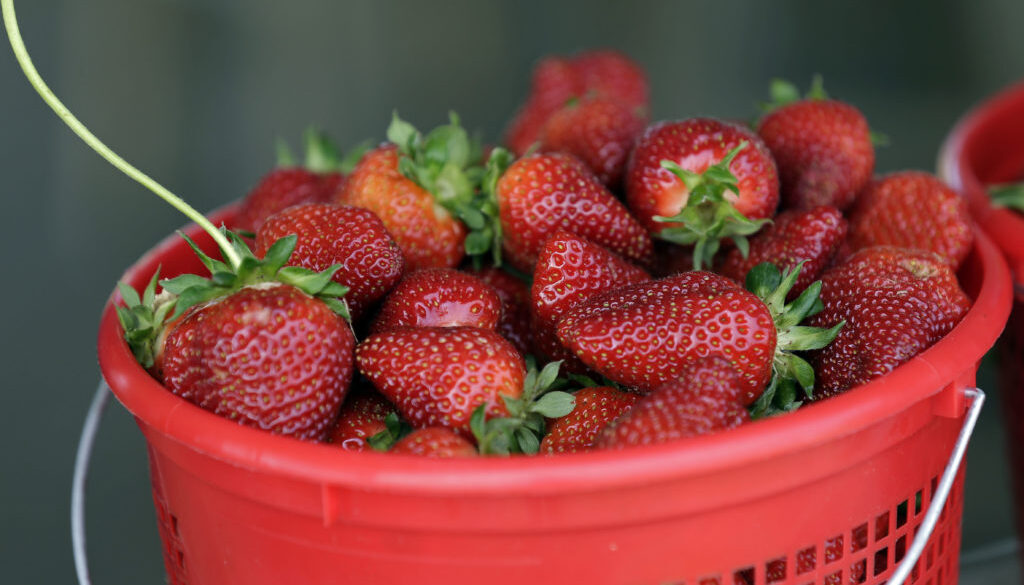Fruit trees and berries require planning
Growing tree fruit and berries is a long-term relationship that takes some work and careful planning. Some fruits require more care than others and others are more reliable producers. Gardeners know that there are certain conditions under which plants thrive, but prioritizing a few basics for fruit production is especially important because it often can take years before tree fruit and berries even begin to bear fruit. In other words, the right conditions from the start and careful planning will increase your chances of getting a nutritious and edible product and most of us would agree that is typically the goal when growing fruit! Several primary considerations when planning to grow fruit in your home landscape include: site selection, soil preparation, and variety selection.
When selecting a site take a close look at the sun, soil and cold air drainage, soil pH, access to water, weed population, and the available space. Just about all fruit need at least eight hours of sun. The soil pH in this area also tends to be too acidic for most fruits, so getting a soil test from our office will help you bring the pH up to the correct range for that particular plant by using lime. If you are growing blueberries however, you will likely need to lower the soil pH with sulfur. Adjusting the pH of the soil can take several months, or up to a year in some cases and this must be done well before planting. Frost and air drainage should be considered when choosing a growing site as well. Avoid planting in the coldest parts of the yard and frost pockets to avoid injury to your fruit as it is developing.
Drainage is important as soil that is too wet promotes an environment for root rot diseases. For example, peach trees in standing water at any point in the season can die in as little as three days. An inexpensive and easy fix for this issue is to build up raised beds before planting. For fruit trees, mound up the soil 18 to 24 inches high and four to eight feet wide to create your beds. Similarly, for berries, the site preparation should include creating raised beds six to twelve inches high and around four feet wide. Two to four inches of compost should be incorporated into the top six to ten inches of the bed and mixed in before planting. Typically, the higher you can mound the soil the better, since the beds will settle over time. Weeds and grass also should be eliminated from the beds well before planting to ensure that they do not compete with your crop as it is getting established.
The beds should be in close proximity to a water source, or set up with drip irrigation system if you are planting at any type of scale. Regular watering is essential for high yields and fruits need one inch of water per week during the growing season. With some fruits, like apples, you will need more than one variety for pollination, so don’t forget to plan your spacing with that in mind. Another common mistake can be not carefully considering the size of the plant at maturity. Lastly, select varieties that are adapted to this geographic region. This is particularly important for longer lived fruit, like tree fruit. In most cases, there are specific varieties of each type of fruit that have been researched and bred to be specifically suited to this particular climate. Sometimes the best varieties for our area take a little extra work and shopping around to find, but it will be worth it due to the long-term investment in expenses, time and labor.
Annie Mills is a Horticulture Extension Agent with the N.C. State Cooperative Extension Service.
 Twitter
Twitter Facebook
Facebook Instagram
Instagram


